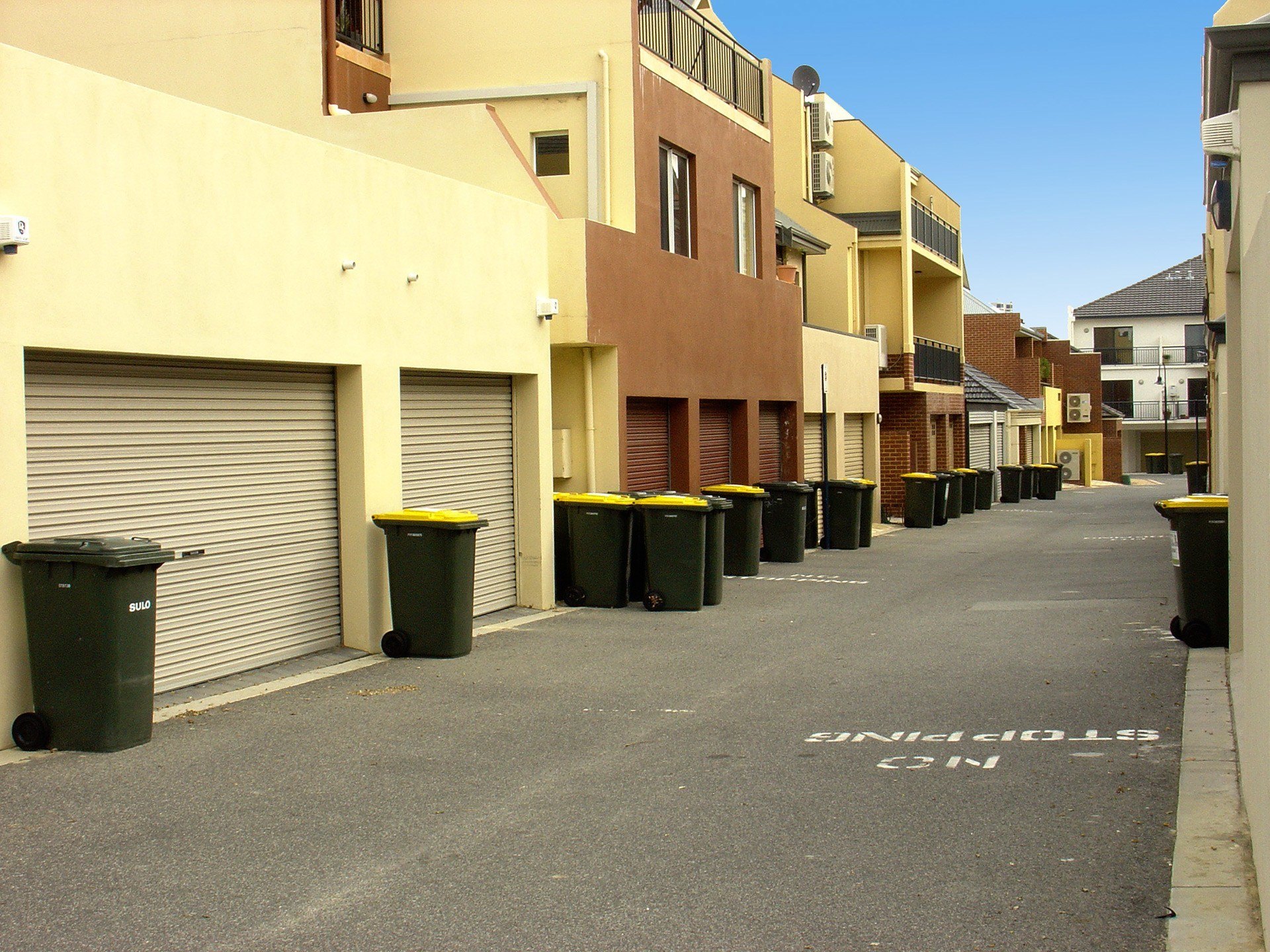The Internet might be an incredible tool to get lots of work done, but it can also be a major detriment in the form of workplace distractions.
It’s true that your employees might feel tempted to visit these websites when left be, but what if you were to remove these websites as possibilities entirely?
This week’s tip is about blocking certain websites that can be problematic for productivity.
Block Websites from the Network
The most obvious way to block employees from accessing problematic websites is by blocking them entirely from your network. To do this, you’ll have to work with your IT department to make the changes to your router. Not all routers have this capability though, especially if you want to implement user-based access for specific websites.
Of course, the degree of control you need can vary, so it’s best to work with an IT provider before making any changes. You might even need to invest in other infrastructure solutions to achieve this.
Extensions
There are also other options if you don’t want to change your router’s settings. Some include free extensions that let your employees self-monitor just how much time they spend on certain websites. Of course, this requires some self-policing on their end, so it’s best to do this only if you trust your employees.
The Ramifications
While you can take measures to keep your employees from visiting distracting websites, one of the biggest ways you can keep them in check is by ensuring they understand the consequences of failing to get their work done due to being distracted. That being said, there are benefits to blocking websites.
One study found that blocking websites for your distracted employees allowed them to be more productive, as eliminating social media from the equation can be quite an effective method. However, the study also found that the employees would use the time they would typically spend wasting time online on other distractions.
You also need to think about whether or not a blanket ban on these websites will be productive for your organization, especially where client outreach and social media is concerned. Since so many organizations can leverage social media to great effect, it’s no wonder that you would want to keep these options available for employees that can handle the privilege of using social media.
Does your organization want to take full advantage of content blocking and filtering?
WheelHouse IT can help. To learn more, reach out to us at (877) 771-2384.








